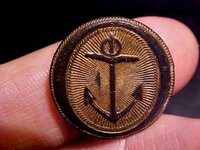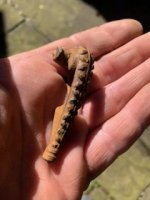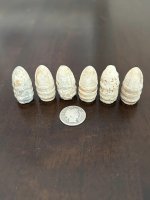K1DDO1979
Silver Member
Found another anchor button today but the condition of this one is better than most of the others. It has a lot of crust on it but I see the gilt still on underneath. I hunted a old cellar hole that the deed dates back to at least the 1830's. I'm sure there will be plenty more finds when the grass dies off. I also got some oxen shoes and axe heads today because all these military buckle finds etc. people on tnet have been digging lately has been making me want to check some bigger signals in these old spots. The button was around 4"inches deep under a flat stone beside the foundation. Thanks for looking! 
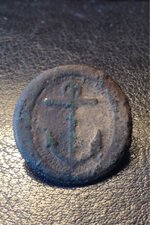
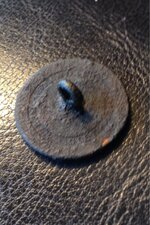
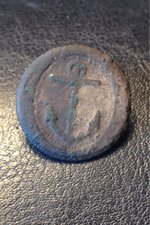
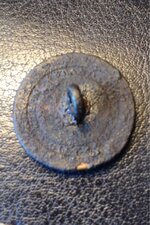
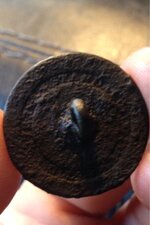






Upvote
7



 If there is a heavy build up on the button (hard to see from pic) try using some olive oil, and a tooth pick.
If there is a heavy build up on the button (hard to see from pic) try using some olive oil, and a tooth pick.

